Discover 7 hidden attractions, cool sights, and unusual things to do in Isle of Bute (United Kingdom). Don't miss out on these must-see attractions: Kirk Dam, Dhu Loch, and Kilmory Castle. Also, be sure to include Kelspoke Castle in your itinerary.
Below, you can find the list of the most amazing places you should visit in Isle of Bute (Scotland).
Table of Contents
Kirk Dam
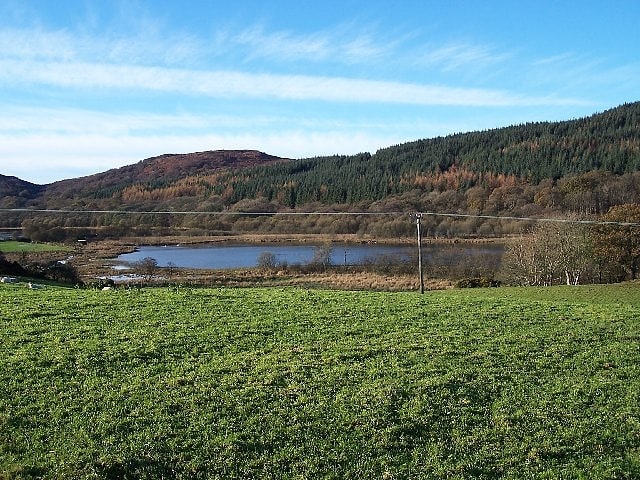
Dam in Scotland. Kirk Dam is an impounding dam, located 1.5 kilometres south of Rothesay, and is separated by a causeway from the much larger Loch Fad to the south-west. It was built to provide water to the cotton mills of the town, and is now the habitat for a variety of marshland birds. The earthfill dam is 6 metres high and records show it was constructed in the late 18th century.[1]
Dhu Loch
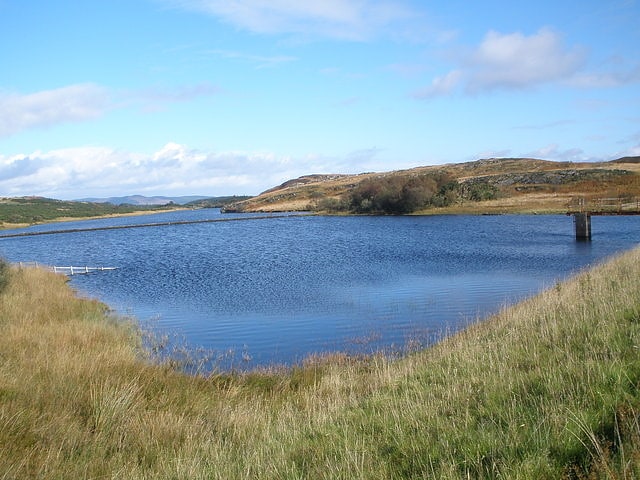
Reservoir in Scotland. Dhu Loch is an impounding reservoir, located 1 kilometre directly west of the much larger Loch Fad and 5 kilometres south west of Rothesay. The loch is part of the water supply system for the town. The earthen dam is 8.1 metres high and was completed in 1905.[2]
Kilmory Castle

Kilmory Castle is the remains of a 15th-century castle at Meikle Kilmory, Isle of Bute, Scotland. The castle was the residence of the Jamiesons of Kilmorie, and was already a ruin in the 18th century. The Jamiesons of Kilmorie were the hereditary coroners of Bute. The ruins are a secular listed building.[3]
Kelspoke Castle
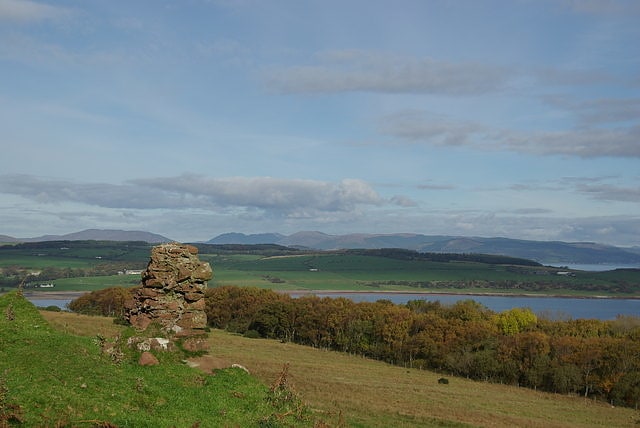
Ruin in Scotland. Kelspoke Castle is a ruined castle overlooking Kilchattan Bay, Isle of Bute, Scotland. Only a small amount of the ruins are above ground.[4]
Rhubodach
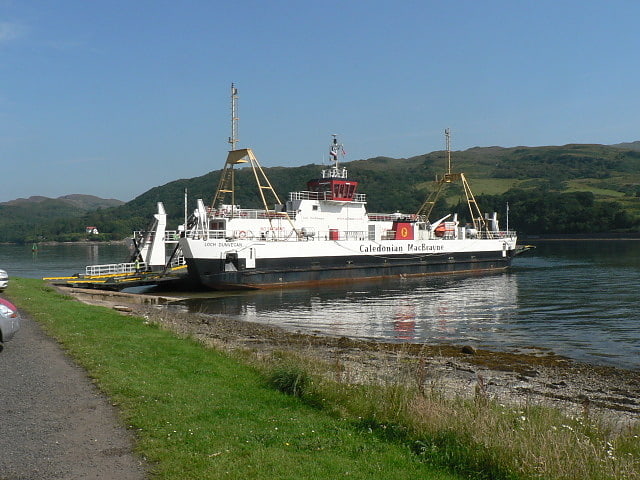
Rhubodach is a small settlement on the north-eastern shore of the Isle of Bute, Argyll and Bute, Scotland.
The name Rhubodach may come from the Gaelic Rubha a' Bhodaich which translates as old man's point or promontory or alternatively may be from An Rubha Bhòdaich meaning the Bute headland.
Rhubodach lies at the north of Bute on the A886 road. From here a small ro-ro ferry sails the short distance over the Kyles of Bute to Colintraive on the Cowal peninsula in Argyll, where the A886 road continues to Strachur. The route, operated by Caledonian MacBrayne's MV Loch Dunvegan, is reputed to be one of the shortest in Scotland still in operation. The issue of whether the ferry should be replaced by a bridge is one which reappears in various discussions about Bute's economy; however, opposition stems from the resulting loss of Bute's "island status".
Film actor and director Richard Attenborough owned Rhubodach estate for a number of years. In August 2009, he placed the 2,000-acre (800-hectare) estate up for sale. A referendum carried out on 12 February 2010 showed 93% of islanders supported a plan to buy the land for the community. In January 2011, he sold the estate, which included a forest, for the reduced fee of £1.48 million.[5]
Wester Kames Castle
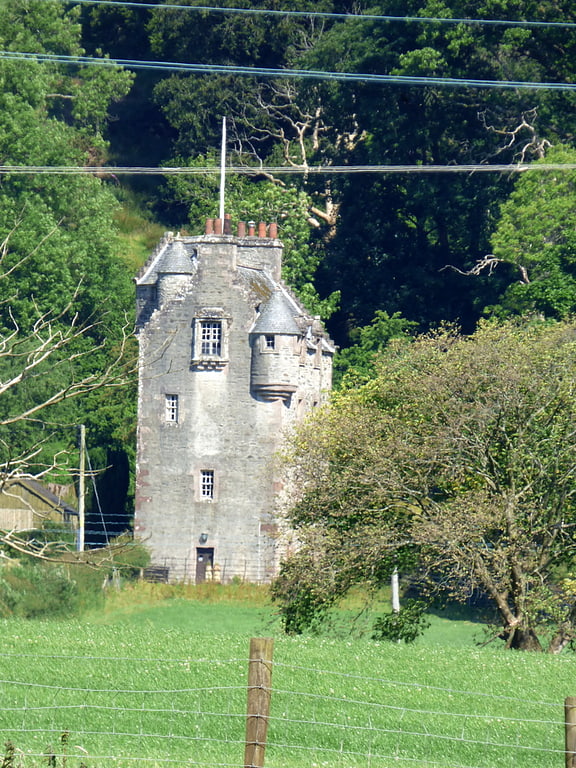
Historical landmark in Scotland. Wester Kames Castle is located near Kames Bay near Port Bannatyne, Isle of Bute, Scotland. Dating from around 1700, the castle was rebuilt around 1900 from a ruined state.[6]
Ascog House
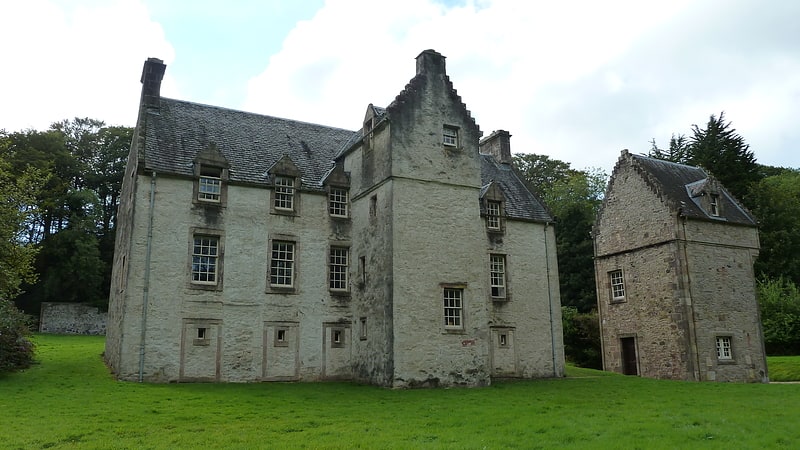
Building in Scotland. Ascog House is a large 17th-century mansion house at Ascog on the Isle of Bute, southwest Scotland. The house is in the care of the Landmark Trust, and is protected as a category B listed building. Balmory Hall lies just to the west of the house.[7]